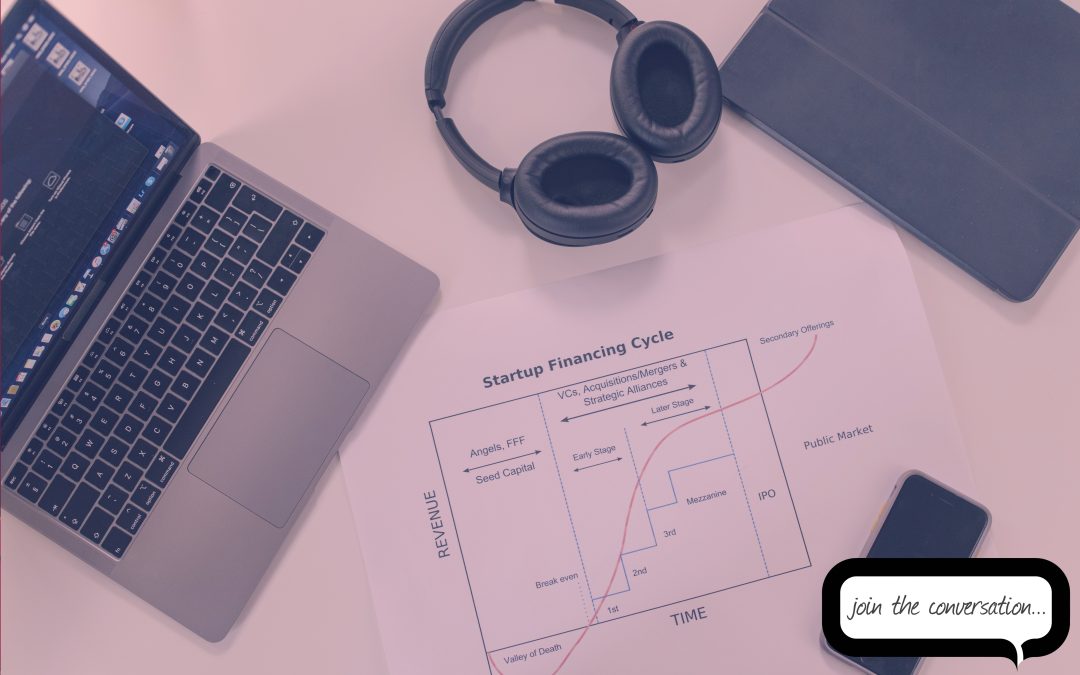Purchasing something to help your business is a big decision. It can be challenging to part with hard-earned money, especially at the start of your business. To understand when to invest by purchasing something for your business, you must calculate whether the Return on Investment (ROI) would be profitable.
The cost is the amount of money you spend making the purchase plus any indirect costs (such as training costs) related to the purchase. The ROI is the calculation of financial gains or benefits that you obtain due to that cost.
To determine ROI profitability, there is a simple formula you can use. If the purchase yields a positive return, it can be considered profitable.
However, if the purchase does not earn back what it costs, it would be considered a negative return on investment. Read on to learn more about how to weigh a potential return on your investment versus the cost.
Return on Investment Formula
Using a formula to calculate the ROI only offers a rough initial estimate. Other factors might come into play, such as future work you will get because of the new asset or unforeseen expenses. The formula to determine ROI is:
ROI = (Net Profit / Cost of Investment) x 100
Let’s see an example
Suppose you run an environmental surveying company. Three Team Members spend their time in the field gathering data and taking stock of how a proposed development project would affect the landscape, vegetation, waterways, animals, etc.
You have one client who would like you to complete a survey of very rugged terrain. They would pay $2500 if you could complete this work, but covering the landscape would be difficult and take time.
The only way to do it effectively would be to purchase a drone for $1000. The new equipment would make taking on this work possible and save many hours spent physically in the field. It would cost $200 per Team Member for training on how to use the drone.
Additionally, having a drone would mean you could offer your new aerial surveying services to other clients who are undertaking larger or more complex projects.
Calculating the ROI of obtaining new equipment for this project
You would first tally your total expenses and expected revenue to decide whether this purchase would be profitable.
Expected Revenue = $2500
Total Expenses = $1000 + ($200 x 3) = $1600
You would then subtract the expenses from your expected revenue to determine the net profit.
Net Profit = $2500 – $1600 = $900
To calculate the expected return on investment, you would divide the net profit by the cost of the investment and multiply that number by 100.
ROI = ($900 / $1600) x 100 = 56.25%
Your return on investment would be 56.25%, which is a positive return. Not only that, but your new equipment may allow you to gain more work in the future, making your ROI even better.
What happens when you don’t put your investment to work
What if you purchase the drone but find the learning curve overwhelming, and it winds up collecting dust in a corner?
In this case, your client may not hire you, or the hours required to do the work on foot may make taking on the project cost prohibitive. This would result in a negative return on investment, especially if you have already performed the Team Member training. Your ROI would be zero, plus you would be down $1600 from the initial expense and training.
Final thoughts
While the idea of making a large purchase to benefit your business can be daunting, there are often significant rewards that come with taking the plunge. Do your research, calculate if the investment is worth it, and then move ahead confidently. If you calculate correctly, you will find that your purchase takes your business to new heights.
If you have any questions, feel free to Join the conversation…

